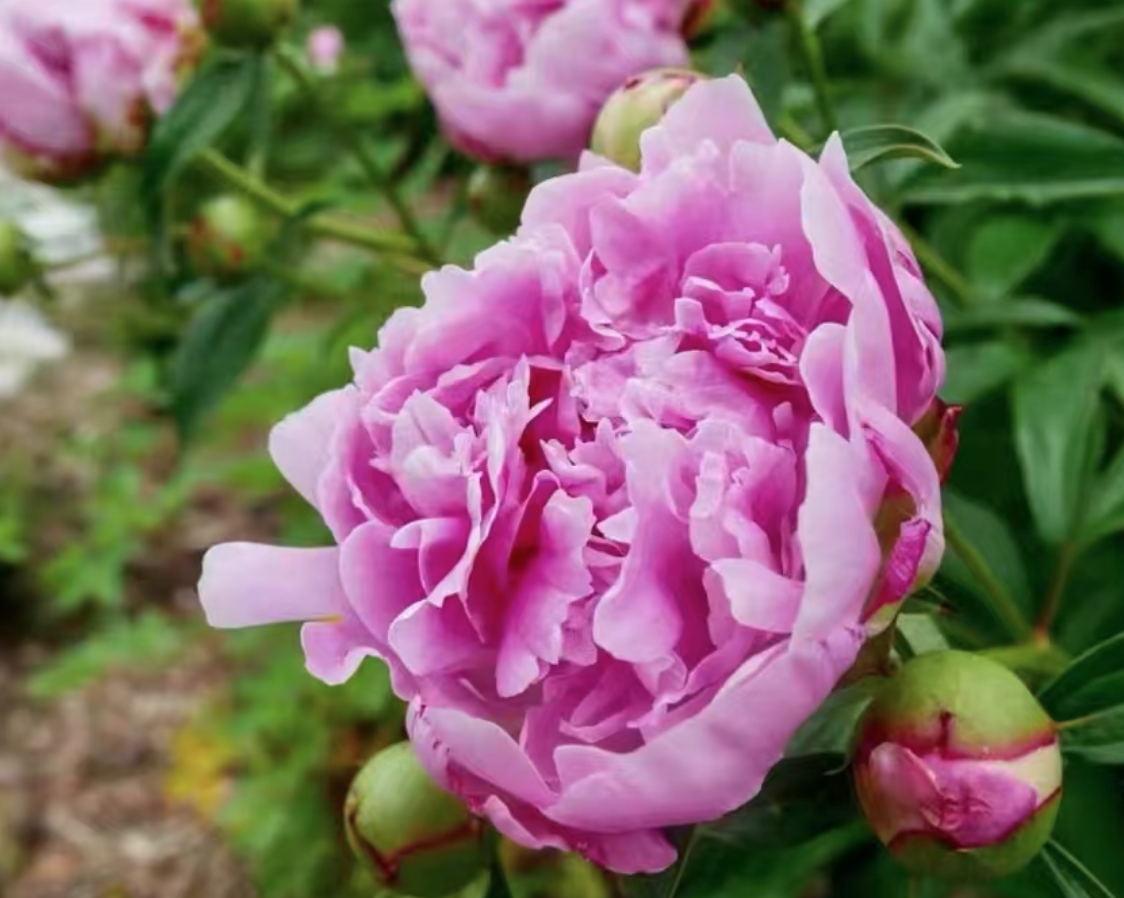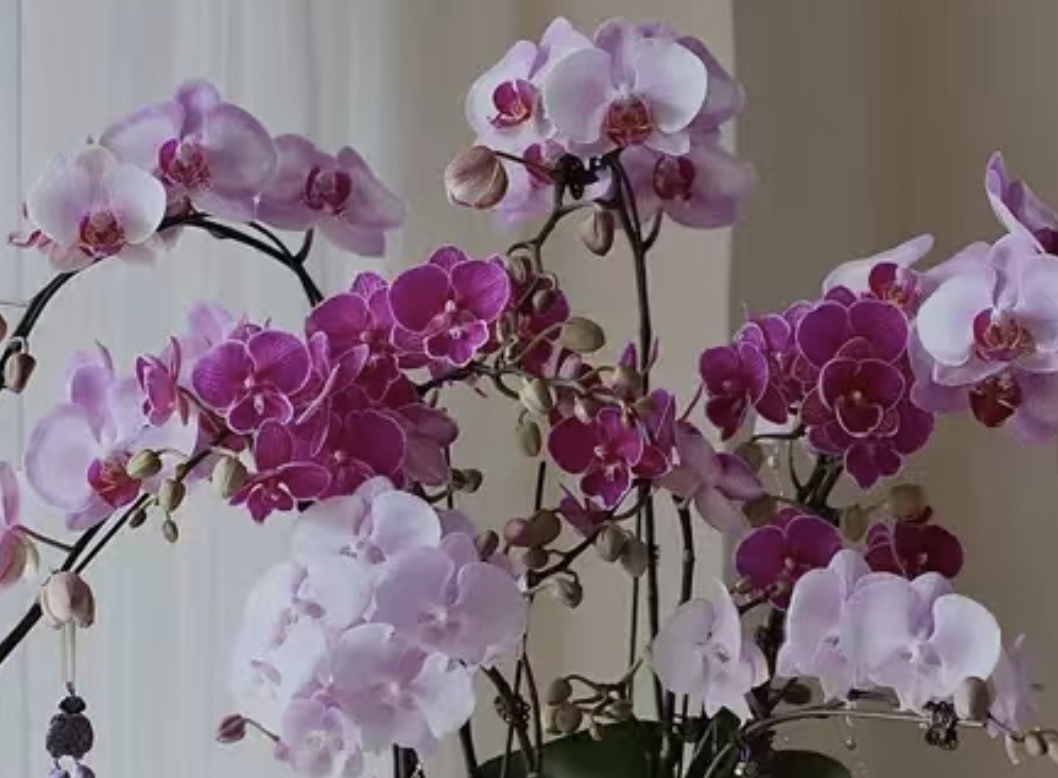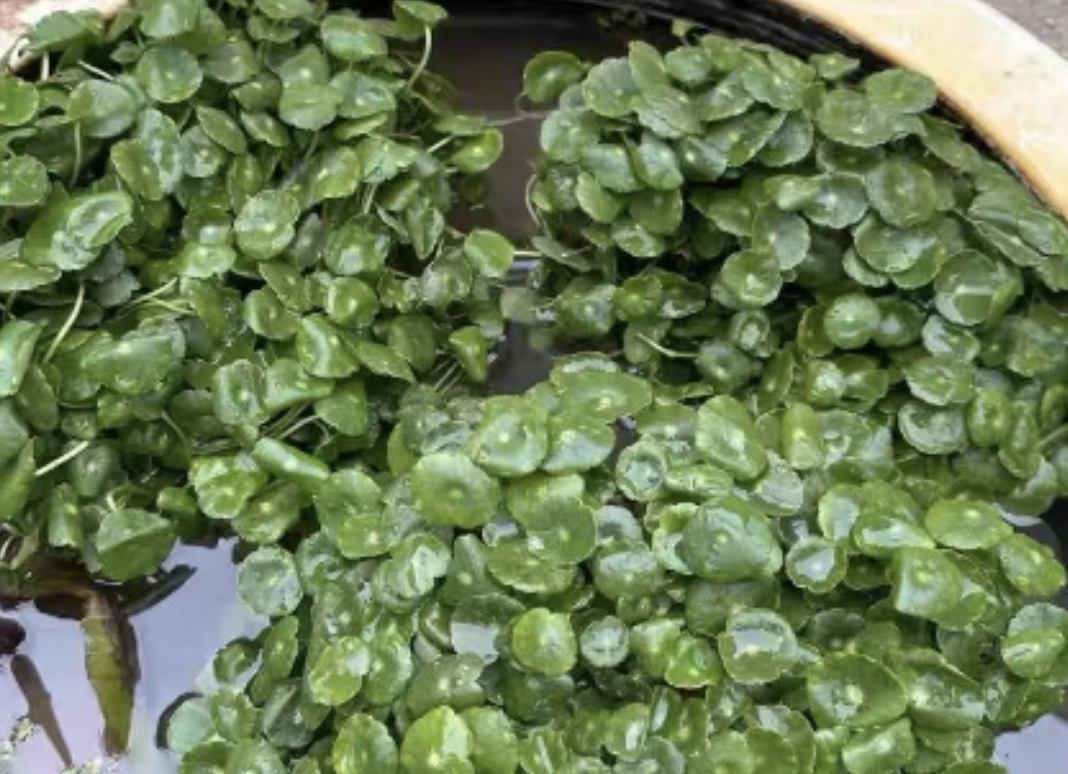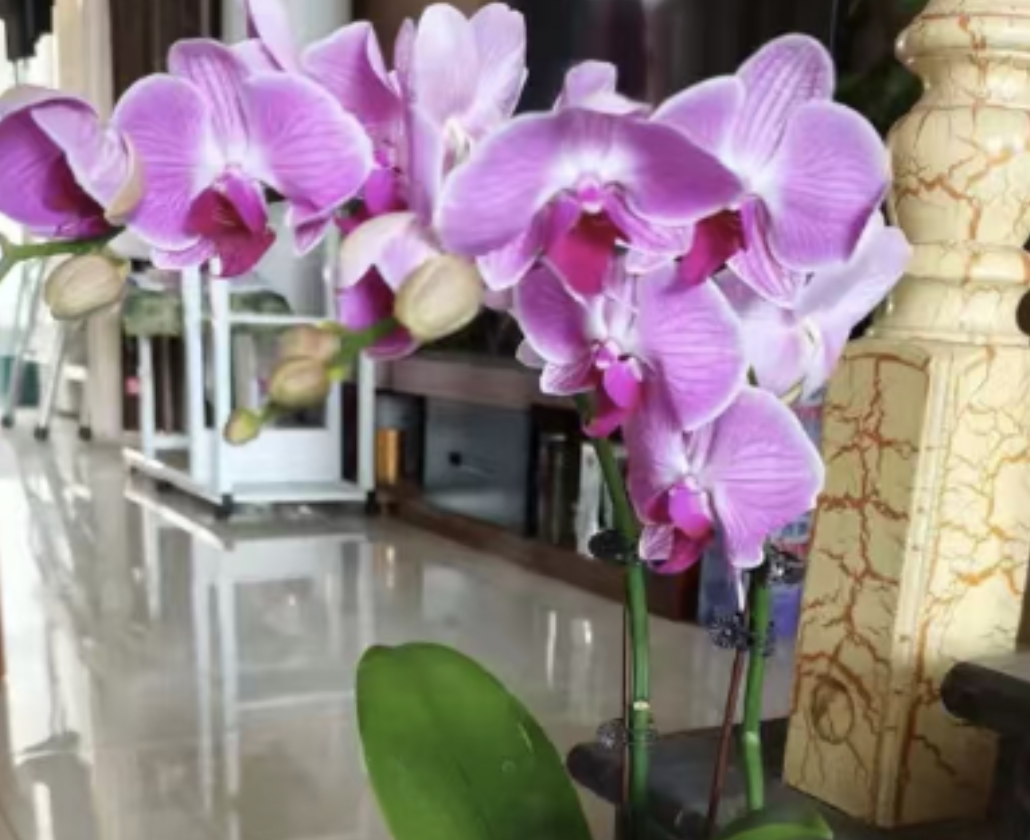In the blink of an eye, it's the end of the year and the weather is getting colder and colder. In some northern areas, the temperature has dropped to below minus ten degrees Celsius in recent days, and people have put on their winter clothes one after another. It is recommended to move potted flowers and plants indoors for maintenance at this time. However, for several types of flowers, don't be in a hurry to move them indoors. Let them stay outdoors to experience the cold, so that they will produce more flower buds during the Spring Festival.
Peony
The peony has extremely gorgeous colors and full, large flower shapes, making it the natural center of attention. In winter maintenance, unlike other flowers, it likes a cool climate. It needs to be exposed to low temperatures for vernalization in winter to germinate, grow and bloom better in the following year.
Tulip
As the national flower of the Netherlands, the tulip's graceful appearance is often used in movie scenes, and it has a delicate fragrance when in bloom. As a bulb flower, Dutch varieties can be easily purchased in the market. Therefore, it is highly cold-resistant and can withstand a minimum temperature of about minus 30 degrees Celsius. In winter, just place the bulb in an environment below 0 degrees Celsius for about a month of low temperature exposure, and it will be able to bloom very beautifully in the coming spring.
Camellia
The fragrance of the camellia is well-known. There are even poems describing it as "Like a heavily made-up beauty emerging from a crimson gauze, a ray of light shining against the morning glow. How much spring does it bring with its fragrance and beauty? It's like a truly red and long-lasting flower." As one of the few flowers that bloom in winter, it needs to be vernalized in low temperatures because it takes a long time to form flower buds. If it isn't exposed to the cold at this time, the flower buds will grow slowly in the coming year.
Orchid
There are several major categories of orchids, such as Cymbidium goeringii, Cymbidium faberi, and Cymbidium sinense. Most of them need to be maintained indoors after winter arrives. However, during the relatively cold days from December to January, they can be left outdoors to experience the cold for a while. This allows more nutrients to be concentrated on the growth of flower buds, and high-quality flowers will bloom during the Spring Festival.
In addition, different orchid varieties have different requirements for vernalization temperatures. For example, Cymbidium faberi varieties need a temperature of 0 to 10 degrees Celsius, and Cymbidium sinense varieties need a temperature of 5 to 10 degrees Celsius.
Which flowers need winter vernalization?

Share with
Tagged in :




Leave a Reply